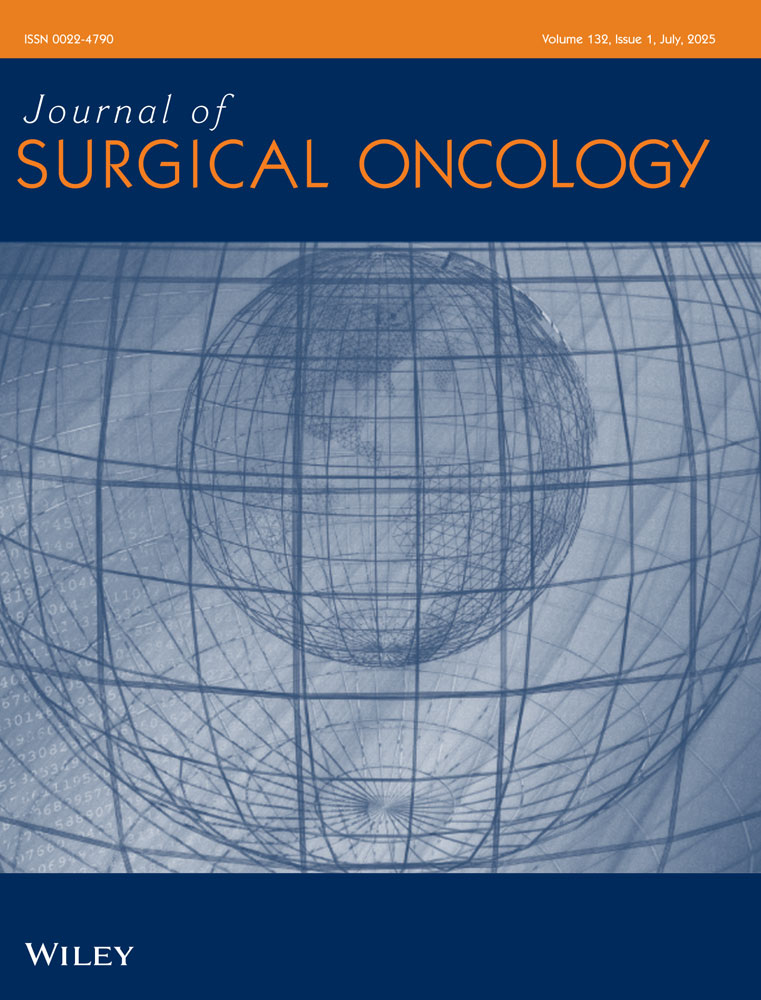Development of Machine Learning Models to Predict Tumor Endoprosthesis Survival
The present study was performed at Montefiore Medical Center.
ABSTRACT
Background and Objectives
Endoprosthetic reconstruction is the preferred approach for limb salvage surgery for many patients following malignant bone tumor resection. Implant failure is a common complication, however, there are no reliable means with which to offer patient-specific survival estimations. Implant survival predictions can set patient expectations and may guide treatment planning. This study aims to test and compare machine-learning models for the prediction of early tumor endoprosthetic implant survival.
Methods
A single-center retrospective series of 138 cases (mean age 41, 70 males, 68 females) was split into an 80:20 training and testing set. XGBoost, random forest, decision tree learning, and logistic regression were trained and assessed for model performance. After an initial review, age, sex, body mass index, diagnosis, location, resection length, and number of surgeries were selected as features. The output variables were 12-month, 24-month, and 36-month implant survival.
Results
Random forest had the best performance at 12, 24, and 36 months with an area under the curve (AUC) of 0.96, 0.89, 0.88; accuracy of 0.92, 0.83, 0.75; and Brier score of 0.09, 0.11, 0.20, respectively. Overall, the models performed better at 12 months compared to the other time points. The most important feature at 12 months was resection length (0.17), whereas age was most important at 24 months (0.15) and 36 months (0.17). Online tools were created based on the random forest models.
Conclusions
Machine learning models can be leveraged for the accurate prediction of early tumor endoprosthetic survival. These represent the first ML models used to predict endoprosthetic implant survival beyond 1 year and the first to include upper extremity implants. This offers better patient-specific prognostication which can help manage patient expectations and may guide recommendations.
Level of Evidence:
Level III.
Conflicts of Interest
The authors declare no conflicts of interest.
Open Research
Data Availability Statement
The data that support the findings of this study are available on request from the corresponding author. The data are not publicly available due to privacy or ethical restrictions.




